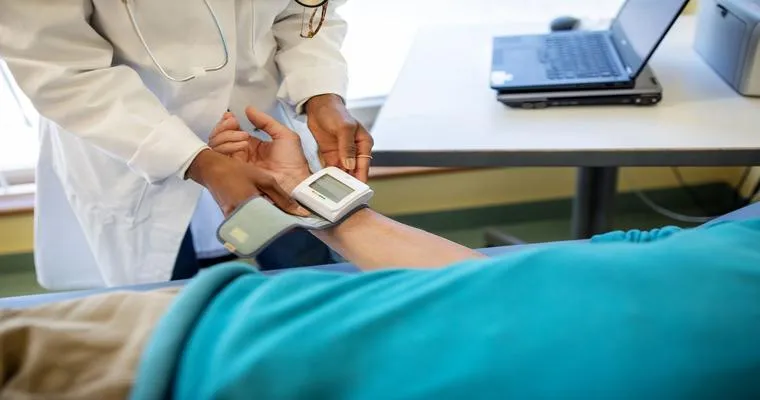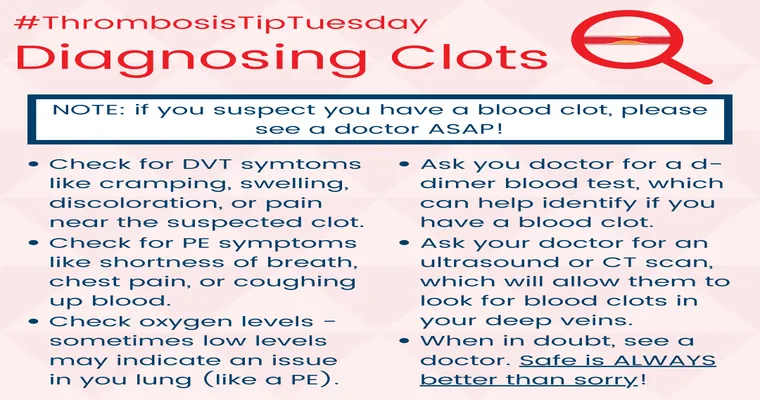"Blood clots" are a serious medical condition that can lead to life-threatening complications if not detected and treated promptly. Understanding the symptoms, risk factors, and prevention methods is crucial for maintaining your health. In this article, we will explore what blood clots are, the signs to watch for, and how to protect yourself from this potentially dangerous condition.
A "blood clot" forms when blood changes from a liquid to a solid state, which can occur naturally to prevent excessive bleeding. However, when a clot forms inappropriately, it can obstruct blood flow in veins or arteries, leading to severe health issues such as "deep vein thrombosis (DVT)", "pulmonary embolism (PE)", and even strokes. Being aware of the risk factors and signs of blood clots is essential for early detection and treatment.
Recognizing the Symptoms of Blood Clots
Symptoms of blood clots can vary depending on the location and severity of the clot. Common signs to be vigilant about include:
"Swelling" in the affected limb, often in the leg
"Pain or tenderness", especially when standing or walking
"Red or discolored skin" in the area of the clot
A feeling of "warmth" in the affected region
In the case of "pulmonary embolism", symptoms can include sudden shortness of breath, chest pain that may worsen with deep breaths, rapid heartbeat, and coughing up blood. If you experience any of these symptoms, it is crucial to seek immediate medical attention.
Understanding the Risk Factors
Certain "risk factors" can increase your likelihood of developing blood clots. These include:
Prolonged periods of immobility, such as long flights or bed rest after surgery
Certain medical conditions like cancer, heart disease, or autoimmune disorders
Use of hormone replacement therapy or birth control pills
Obesity and a sedentary lifestyle
Age, particularly individuals over 60
Being aware of these risk factors can help you take proactive steps to mitigate your chances of developing blood clots.
Prevention Strategies
Preventing blood clots involves a combination of lifestyle changes and medical interventions. Here are some effective strategies:
1. "Stay Active": Regular physical activity improves circulation and lowers the risk of clot formation.
2. "Maintain a Healthy Weight": Obesity can significantly increase your risk of developing blood clots.
3. "Hydrate": Drinking enough water can help maintain proper blood flow and reduce the risk of clots.
4. "Avoid Prolonged Immobility": If you are traveling long distances, take breaks to move around and stretch your legs.
5. "Follow Medical Advice": If you have risk factors for blood clots, your doctor may recommend blood thinners or other preventive measures.
Conclusion
Being vigilant about "blood clots" is essential for your overall health. By understanding the symptoms, recognizing the risk factors, and implementing preventive measures, you can significantly reduce your risk of developing serious complications. If you suspect that you or someone else may have a blood clot, do not hesitate to seek medical help. Your awareness and prompt action can make a life-saving difference.





